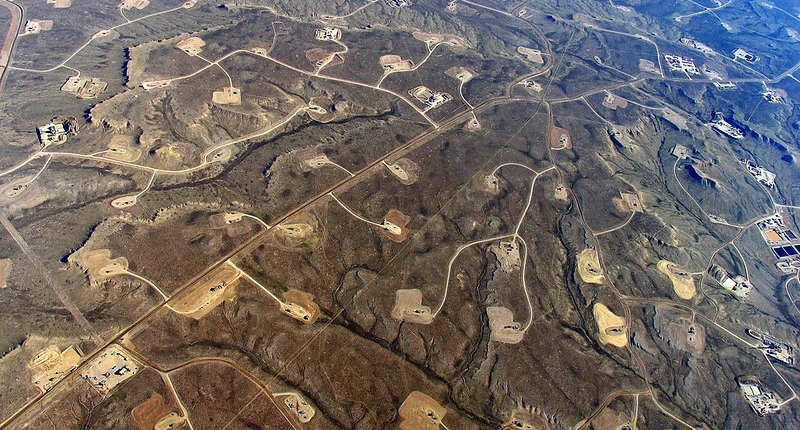Determining the Frequency and Risk of Unconventional Oil and Gas Spills

Unconventional oil and gas (UOG) has seen rapid growth in recent years and has raised environmental concerns over both the frequency of spills and type of material spilled. The SNAPP Hydraulic Fracturing Working Group tackled these problems in two recent papers.
The first paper, published in Environmental Science and Technology, determined the causes and frequencies of spills. The second paper, published in Science of the Total Environment, focused on understanding the characteristics of spills and their associated environmental risk.
To determine the frequency of spills, the Working Group standardized and assessed spill data from over 30,000 wells in Colorado, New Mexico, North Dakota, and Pennsylvania between 2005 and 2014. Based on their analysis, spills are more likely to occur within the first three years of well life and be caused by issues with the tanks or flowlines.
To supplement this paper, the researchers also designed an interactive spills data visualization tool to illustrate the following factors:
- When spills are most likely to occur
- Where spills are most likely to occur
- Underlying cause of the spill
The frequency of spills, type of material spilled, volume of material spilled, and proximity of the spill to surface waters and other ecologically sensitive systems were then used to assess the environmental risk of UOG. The Working Group found that wastewater and crude oil were two of the most frequently spilled materials across all states.
Additionally, a large subset of spills occurred within current setback regulation distances. Spills also occurred in very close proximity to streams and in watersheds of high importance to drinking water. Therefore, these freshwater resources may be at risk from UOG development.
As UOG activity continues, better insight into spill frequency and associated environmental risk will help inform management decisions, policy, and regulations.
---
Learn more about the SNAPP Hydraulic Fracturing Working Group
Unconventional oil and gas spills: Risks, mitigation priorities and state reporting requirements
Patterson, L., Konschnik, K., Wiseman, H., Fargoine, J., Maloney, K., Kiesecker, J., Nicot, J., Baruch-Mordo, S., Entrekin, S., Trainor, A., Saiers, J.
Environmental Science & Technology, February 2017, DOI: 10.1021/acs.est.6b05749
Unconventional oil and gas spills: Materials, volumes, and risks to surface waters in four states of the U.S.
Maloney, K., Baruch-Mordo, S., Patterson, L., Nicot, J., Entrekin, S., Fargoine, J., Kiesecker, J., Konschnik, K., Ryan, J., Trainor, A., Saiers, J., Wiseman, H.
Science of the Total Environment, March 2017, DOI: 10.1016/j.scitotenv.2016.12.142
